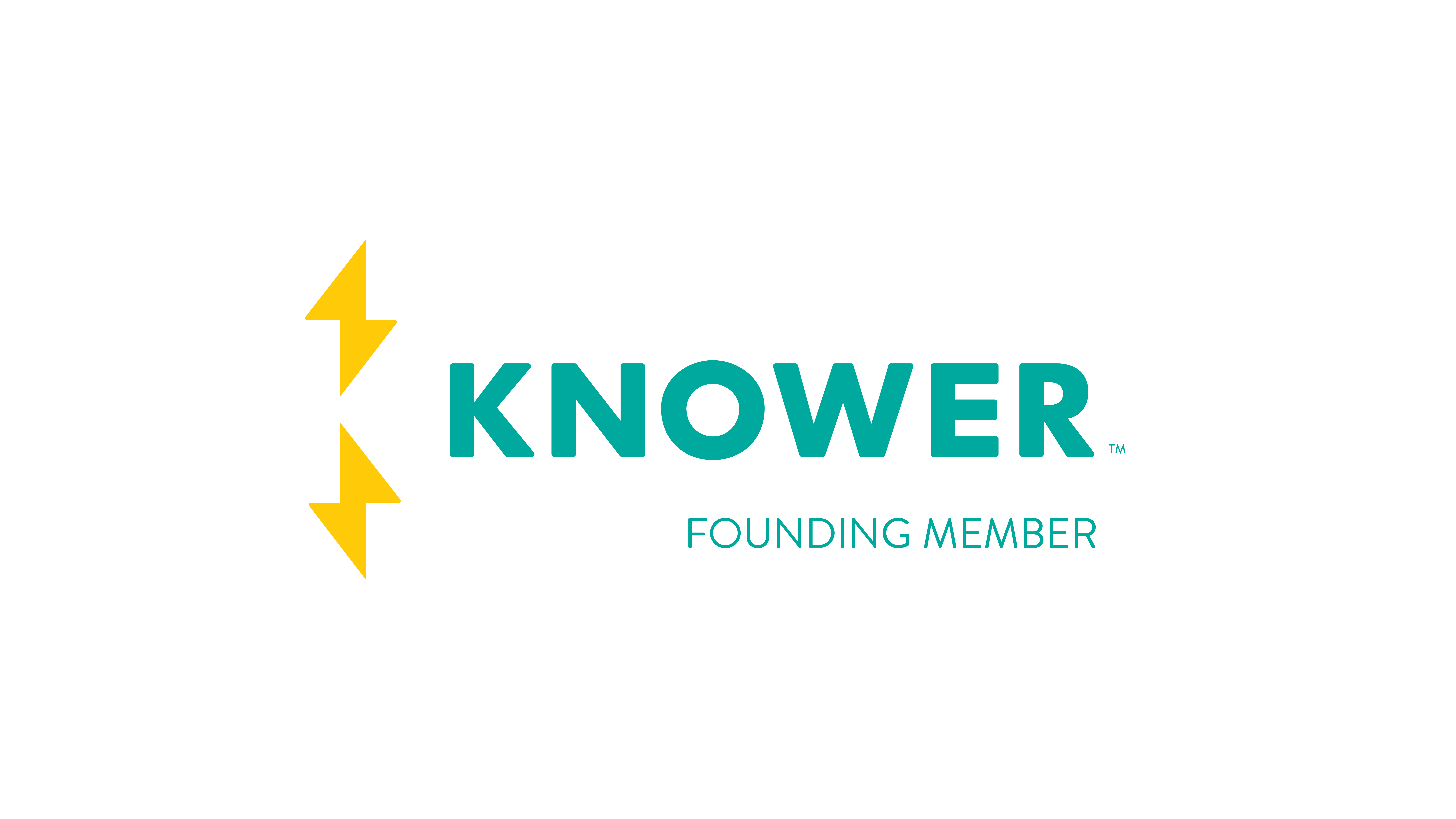Overhead cranes are complex machines that require the integration of several systems to lift and move equipment around the workplace. Consequently, these systems require ongoing monitoring and regular maintenance to maximize worker safety and crane performance. As a result, we’ve assembled this reference list to help you troubleshoot the most common overhead crane issues.
Overhead Crane Electrical Components and Systems
Every crane relies on its electrical system to operate correctly and safely. The electrical system includes wiring, contacts, sensors, switches, relays, fuses, and contact points. During regular operation, these systems must work under the constant strain of the load and changing operator input.
Fuses and radio controls seem responsible for many cranes’ electrical issues, which can be resolved quickly. However, the crane’s entire electrical system should be inspected regularly for any damage, loss of wire insulation, loose connection points, corrosion, and proper switch operation. Any deficiencies should be repaired or replaced immediately to protect against voltage drops during operation.
Crane Alignment and Skew
When an overhead crane is not aligned correctly, it will skew as the load moves along the runway, imparting excessive stress onto the runway beams and any building or bridge structure tiebacks. Left unchecked, this additional load can result in:
- Failure of welded and mechanical fastener connections
- Loud scraping sounds
- Cracked, broken, or excessive wear to the wheel flanges
- Require extra power to lift or move a load
- Abnormal wear on the rails, bearings, and wheels
- Premature motor and brake wear
Any one or a combination of the issues above can result in a crane failure or derailment, requiring extensive downtime and higher repair costs.
The Crane Manufacturer’s Association of America (CMAA) guidelines for crane tolerances are here.
CMAA Specification #70 -14.2
“Rails shall be straight, parallel, level, at the same elevation and at the specified center-to-center distance, within the given tolerances…”
Crane Span Tolerances
- Less than 50 feet: ± 3/16”
- 51-100 feet: ± 1/4”
- Greater than 100 feet: ± 3/8”
Rail-to-Rail Tolerances
- Less than 50 feet: ± 3/16”
- 51-100 feet: ± 1/4”
- Greater than 100 feet: ± 3/8”
Straightness Tolerance: ± 3/8”
Elevation tolerance: ± 3/8”
CMAA Specification #70 -14.5
“Rail joint misalignment can be a significant factor in wheel, axle, and bearing failures. It is recommended that horizontal rail separation at joints not exceed 1/16”. Vertical and horizontal alignment at joints should be maintained as closely as possible. Rail joints should be ground flush as necessary to provide a smooth transition from each rail segment to the next.”
Overhead Crane End Trucks
Because they move the hoist and bridge along the crane’s runway, end truck wheels require frequent inspections and regular maintenance. Like car tires, the greater the usage, the faster they require replacement.
Wheels are available in various materials, from polyurethane for lighter-duty cranes to heat-treated carbon steel for increased hardness and durability. When replacing wheels, the wheel hardness should match the rail hardness for maximum safety. Premature or excessive wheel damage can indicate improper tracking or skew, as described above. Regular testing and inspections are essential to maximize the end truck lifecycle while maintaining optimal performance.
Wire Rope Damage
The stranded wire rope used on most overhead cranes utilizes three components: a core, twisted steel strands laid helically around the core, and the individual wire strands. The materials and diameter of the strands used determine the load capacity. The most common wire rope issues involve:
- Corroded or broken wires at connection points
- Wire rope has jumped the reeving system or pulley
- Worn or broken exterior wires
- Wire rope has worn down below the nominal size
Wire rope is affected by operating conditions such as loading conditions, shock load levels, environmental exposure, abrasion, and corrosion. Improper use of slings and lack of maintenance can also shorten the wire rope’s lifespan. Daily or shift inspections can minimize the risk of birdcaging, excessive wear, or failure.
Overhead Crane Hooks
Hooks and below the hook devices can bend and break, leading to dropped loads and injured workers. By design, crane hooks/BTH Devices can hold the load and move in a predetermined direction. Improper or overloading a hook/BTH device can diminish its internal integrity and increase the potential for cracking, stretching, and bending.
Regular hook/BTH inspections at the start of each shift can help spot deformities and damage before an accident occurs.
Let Hi-Speed help you with all your crane needs, from design to service, to ensure maximum uptime and worker safety. In addition to speedy response times, Hi-Speed can also provide regular inspection contracts to identify potential problems before they require replacement parts or repairs. You can email the Hi-Speed Crane Experts to learn more or call us today at 800-713-0103.

